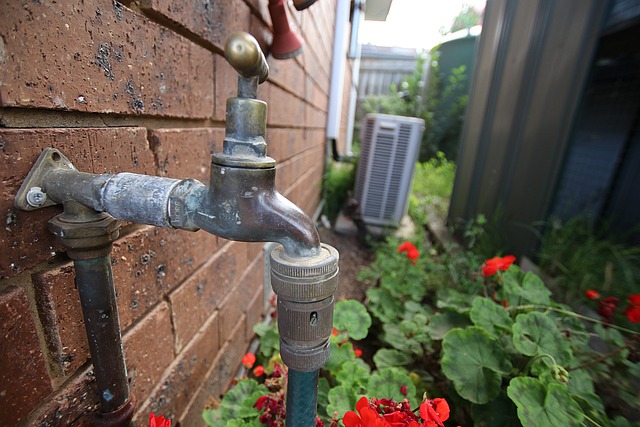Embarking on the journey of installing a garden faucet is not just about functionality; it’s a pivotal step in cultivating a flourishing garden oasis. In this comprehensive guide, we’ll delve even deeper into the process, providing additional insights to ensure your garden faucet installation is not only seamless but also tailored to elevate your gardening experience. Let’s explore the essential tips and tricks that will have your garden faucet up and running in no time.
Setting the Stage: Preparing for Installation
Assessing Your Garden Layout
Before diving into the installation process, take a moment to assess your garden layout comprehensively. Consider the sunlight exposure, soil type, and the natural flow of your garden. Identify the optimal location for your faucet, ensuring it not only complements the aesthetic but also provides practicality. This strategic placement will not only streamline your gardening activities but also enhance the overall visual appeal of your green haven.
Gathering the Right Tools and Materials
A successful installation begins with assembling the right tools and materials. Beyond the basics, consider adding a hose bib lock to prevent unauthorized water usage and protect your investment. Ensure you choose materials that can withstand the local climate for long-term durability, contributing to the sustainability of your garden. Additionally, explore innovative features such as motion-sensor faucets to bring modern convenience to your outdoor space.
The Installation Process: Step-by-Step Guide

Locating the Water Source
Begin by locating the nearest water source with a keen eye on its water pressure and flow rate. Ensure it meets the demands of your garden’s irrigation needs. Turning off the water supply during installation prevents unnecessary complications and potential water wastage. Consider installing a water pressure regulator to protect your faucet from excessive pressure, extending its lifespan.
Digging the Trench
Digging the trench requires careful consideration of both depth and width. Beyond protection for the water line, think about incorporating a conduit for future additions like irrigation systems or additional faucets. This forward-thinking approach enhances the versatility of your garden space, allowing for future expansions without disrupting the existing setup.
Connecting the Water Line
When connecting the water line, go the extra mile by considering the installation of a backflow preventer. This invaluable addition safeguards your water supply from contaminants, contributing to the health of your garden and minimizing the risk of waterborne diseases affecting your plants. Utilize drip irrigation systems to optimize water distribution and foster efficient water usage.
Wrapping Up: Finalizing the Installation
Securing the Faucet in Place
Securing the faucet involves more than just tightening fasteners. Consider adding a protective cover to shield the faucet from extreme weather conditions, preventing freezing during winter. This thoughtful addition prolongs the life of your faucet and reduces the need for frequent replacements. Explore smart irrigation controllers that allow you to schedule watering times, optimizing water usage and promoting a healthier garden.
Testing for Leaks
Thoroughly testing for leaks is not just a formality; it’s a proactive measure. Monitor the entire system for a few days after installation to catch any potential issues early on. This meticulous approach ensures that your garden faucet operates flawlessly, contributing to water conservation and the overall health of your garden. Consider installing a rain sensor to automatically shut off the irrigation system during rainy periods, minimizing water waste.
And There You Have It
In conclusion, installing a garden faucet is a nuanced process that goes beyond the basics. By carefully assessing your garden layout, gathering the right tools, and following a step-by-step installation process, you can elevate your gardening experience. Tailoring the installation to your garden’s unique needs ensures a seamless integration that contributes not only to practicality but also to the overall beauty and sustainability of your outdoor space.





